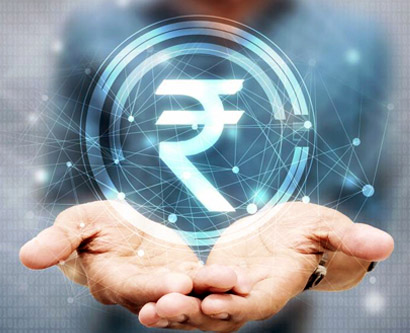Trade Policy
Trade Policy
New Foreign Trade Policy (2009-2014)
» In the Foreign Trade policy for the year 2009-14 announced on 27 August, 2009, the Government spelt out a bold vision to double India's exports of goods and services by 2014 and to double India's percentage share of global trade by 2020 and to focus on the generation of additional employment.
» Stability of trade policy regime and need based support measures extended from time have yielded positive results since the inception of the Foreign Trade Policy (FTP) 2009-14.
Exim Policy 2002-07
The major highlights of Exim Policy 2002-07 are :
(i) Removal of quantitative and packaging restrictions on agri-exports.
(ii) Transport assistance for movement of agri goods.
(iii) Export thrust on items identified in Medium Term Export Strategy.
(iv) Continuance of existing duty neutralisation schemes till the Value Added Tax (VAT) becomes fully operational.
(v) Extension of the period for fulfilling export obligations under Export Promotion Capital Goods (EPCG) Scheme from 8 to 12 years.
(vi) Exemption of banking units set up in SEZs from statutory requirements like SLR and CRR.
(vii) Easing of external commercial borrowing norms by permitting less than three years tenure loans.
(viii) Provision for repatriation of export earnings within 360 days instead of the earlier 180 days.
(ix) Retention of entire export earnings in Export Earners Foreign Currency Account (EEFA).
(x) Tax benefits on sales from domestic tariff areas to Special Economic Zones (SEZs).
(xi) Reduction of processing fees, fewer physical inspections, same day licensing in all offices of DGFT (Director Gen. of Foreign Trade).
(xii) Common classification for DGFT and customs department to eliminate classification related disputes.
(xiii) No licence requirement for relocation of overseas industrial plants in India.
(xiv) Industrial towns such as Tirpur, Panipat and Ludhiana to get Market Access Initiative (MAI) funds, priority for infrastructure development.
(xv) Allocation to states from Rs. 350 cr. Assistance to States for Infrastructure Development (ASIDE) fund linked to their export performance.
(xvi) Permission for captive power generation and duty free import of fuel for power generation, for exporters.
(xvii) Reduction in the eligibility for getting Export House status from Rs. 15 crores to Rs. 5 crores.
Balance of Payment :
A statement of all transactions of a country with the rest of the world during a given period. Transactions may be related to trade, such as imports and exports of goods and services; movement of short term and long-term investments; gifts, currency and gold. The balance of payments may be classified into current account, capital account, unilateral transfer account and gold account.
Balance of Trade :
Part of the nation's balance of payments concerning imports and exports. A favourable balance of trade means that exports exceed imports in value.
Invisibles :
A term used to describe those items, such as financial series, included in the current Balance of Payments accounts, as distinct from physically visible Imports and Exports of goods. Invisibles include government grants to overseas countries and subscriptions to international organizations, net payment for shipping services, travel, royalties, commissions for banking and other services, transfers to or from overseas residents, Interest, Profits and Dividends received by or from overseas residents.
